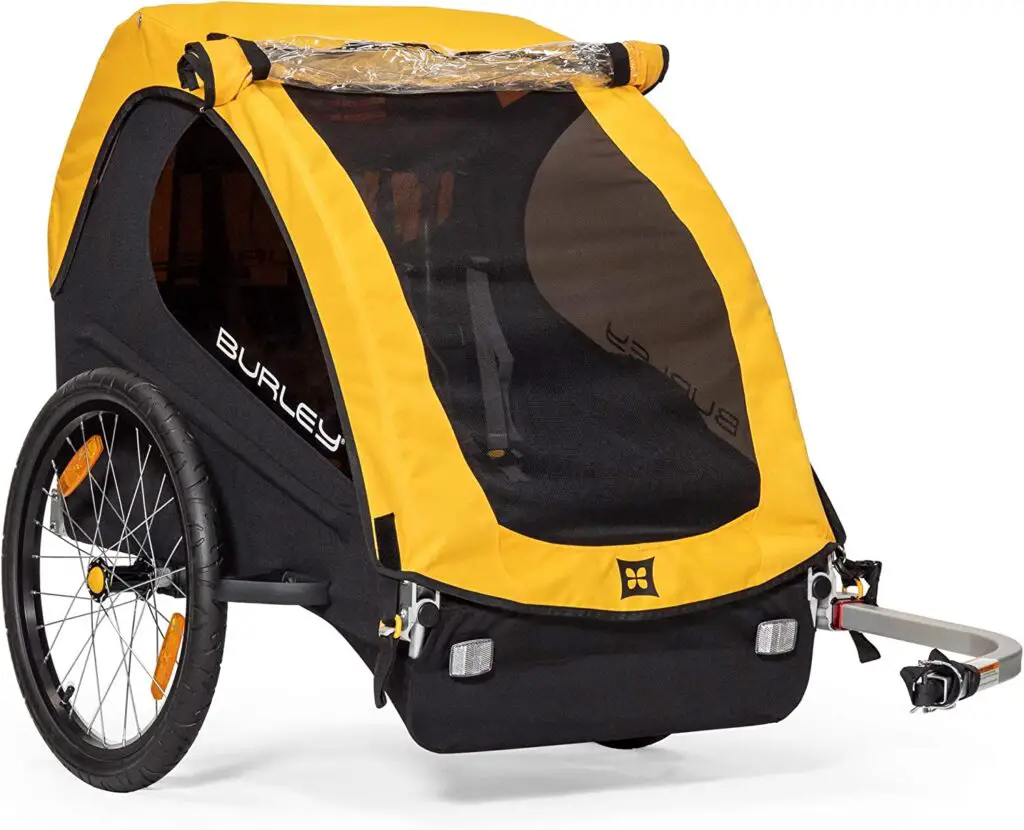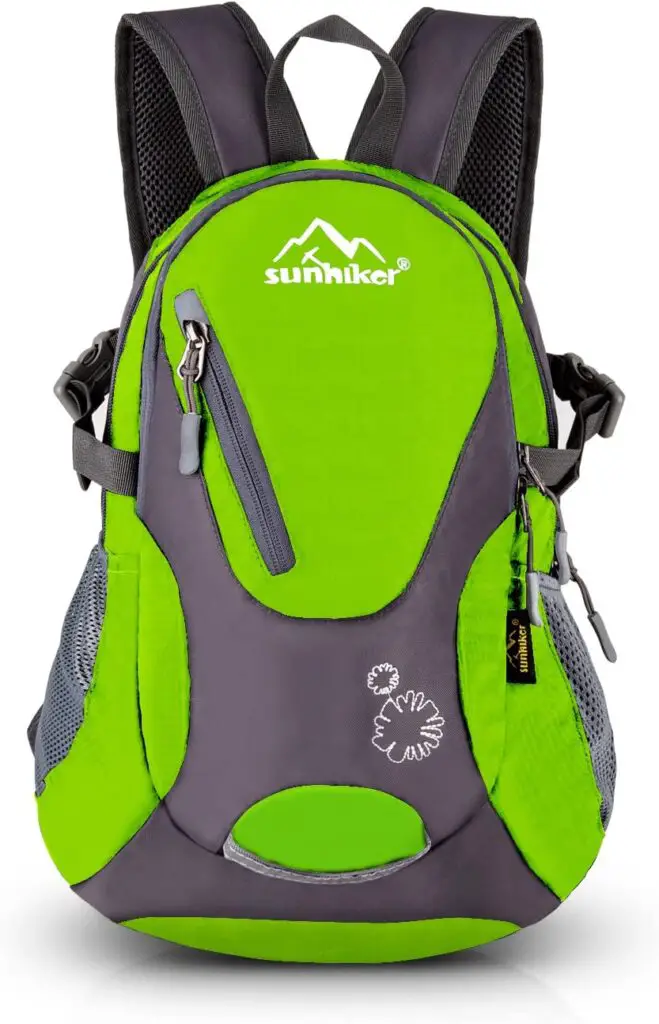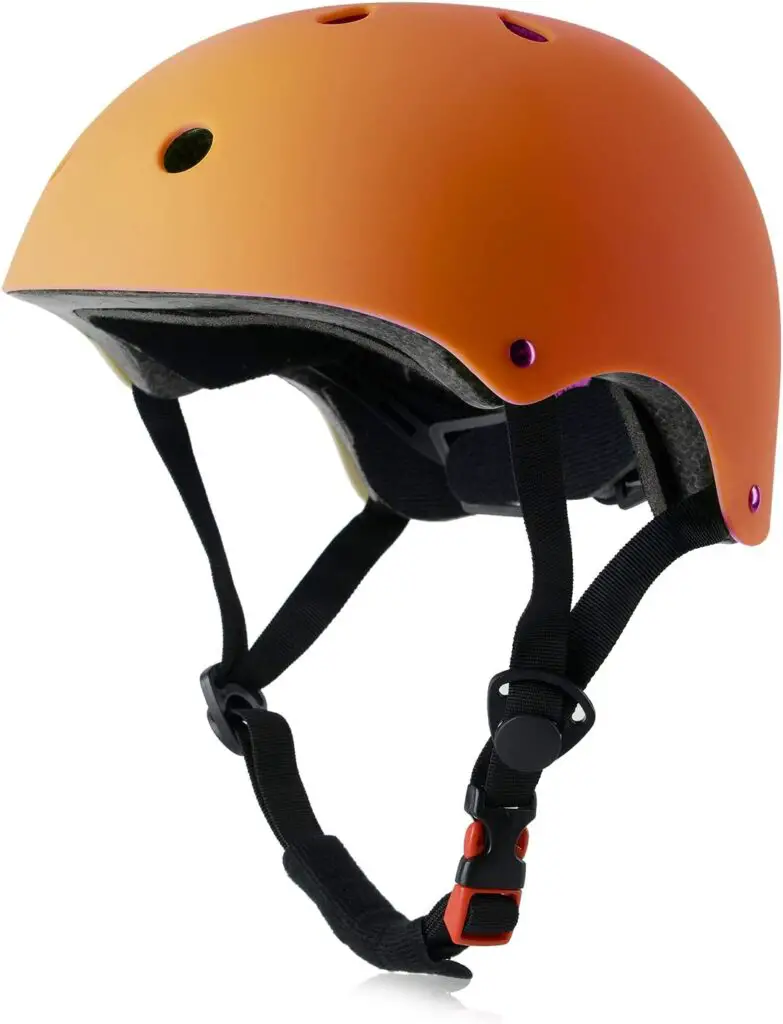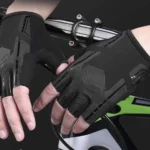
If you’re a parent who loves cycling, you don’t have to give up your adventures just because you have children. In fact, including them in your experiences can enrich their lives and give them a sense of adventure and understanding of the world. However, as your child grows and can no longer fit in your pannier, you may wonder how to take them along on your rides. After all, their little push bike may not be suitable for the terrain. But fear not, we’ve put on our thinking caps (and helmets) and come up with 10 tips to help you share your cycling adventures with your little ones.
In today’s world, it’s becoming increasingly challenging to keep children away from screens. Smartphones, tablets, and computers are ubiquitous. By teaching your kids to ride a bike or introducing them to the great outdoors, you can help reduce their screen time naturally.
Not only is cycling an excellent form of exercise, but it’s also an opportunity for you to bond with your child. You can teach them about nature, the environment, and geography while enjoying some quality time together.
The health benefits of cycling for children

Learning to ride a bike is an excellent way for children to improve their bone density, muscle mass, and cardiovascular health. These benefits can contribute to a child’s overall happiness and health. Furthermore, riding a bike helps to develop balance and coordination, which are essential developmental skills.
As a parent, you don’t have to give up your cycling adventures just because you have children. In fact, sharing these experiences with your children can be incredibly enriching and give them a healthy sense of adventure and understanding of the world around them. However, once your child has outgrown the pannier, it can be challenging to take them with you. Their little push bike may not be up to the task of handling a single track!
To help you share your adventures with your little ones, we’ve put together 10 tips that you can use. These tips will enable you to safely take your child with you, whether you’re going on a leisurely ride or tackling a more challenging route. So grab your helmets and read on to learn how you can share your love of cycling with your little friends.
Bikepacking as a family, the ideal situation?
When children ride their bikes or take a walk, they learn how to interact with their environment and cultivate a sense of independence and responsibility. It’s an excellent way to explore the world around them while promoting good mental health.
In addition to physical exercise, planning routes, reading maps, and signs are great mental workouts for children. These problem-solving activities promote brain development, enhance mental well-being, and increase resilience. By planning an outing together or spending time together, you and your family can bond while enjoying new experiences.
Unlike screen time, where remote controls are fought over, outdoor activities offer an abundance of shared experiences. Whether you plan a route together or allow your children to lead the way, it’s a great opportunity to spend quality time together. So, encourage your children to get out and explore the world around them, and you’ll be rewarded with cherished memories and stronger family bonds.
10 tips for bikepacking with your kids
When biking with kids, the focus should not be on the most challenging terrain or longest rides. Instead, it’s about creating an enjoyable experience while developing new skills, like reading maps and solving problems. It’s an opportunity to spend quality time around the campfire and learn practical skills like pitching a tent.
Now that we’ve established the benefits of biking with kids, how can you make it fun and safe? For starters, it’s essential to choose an appropriate mode of transportation, as putting them in a dog carrier is not an option. Consider using a bike trailer or child bike seat, depending on the child’s age and size.
Get a trailer
If you have a small child, using a trailer is an excellent way to bring them along on your biking adventures. It’s essential to keep in mind, though, that you’ll need to stick to relatively smooth roads. Bumpy terrain can make for an uncomfortable ride for your child.
Using a trailer has several benefits. First and foremost, it allows you to share your passion for cycling with your child. They can enjoy the scenery while getting some fresh air and exercise.
Involve them in the journey
Engaging children can be challenging, but involving them in the planning process can help maintain their interest. By giving them a significant role in crafting the itinerary, choosing the camping location, and deciding on activities, they’ll be more invested in the trip.
One of the benefits of involving children in planning is that they’ll feel a sense of ownership over the trip. This ownership can motivate them to participate and enjoy the activities. When children feel invested in the experience, they’re less likely to get bored or disinterested.
Let them take the lead, left turn, right turn?
If your companions feel like you’re cycling ahead of them the whole day, they might get frustrated. To avoid this, involve them in the route planning process. Let them lead the way and read the map together. By giving them some independence and responsibility, they’ll enjoy the activity more.
Entrust them with materials
Naturally, you don’t want to burden children with too much weight. However, providing them with their own backpack filled with food or clothing can be an excellent way to boost their confidence. It’ll make them feel significant and wholly engaged in the trip.
The key to making the trip enjoyable for children is to keep them actively involved. The more they participate, the better their experience will be. Giving them responsibilities and allowing them to make choices can go a long way in making them feel valued.
Start with a 2 – 3 day trip
As previously mentioned, these adventures aren’t about how far you can go. Children’s legs tire quickly, and when they do, they can become irritable. Therefore, it’s wise to have a backup plan in case a tired, cranky child doesn’t want to carry on.
Make more stops than you normally would
When planning activities for children, it’s important to keep in mind that their attention span is typically shorter than that of adults, even if they’re enjoying the activity. Therefore, it’s recommended to break up the day with different activities to help them stay engaged.
Consider stopping for a fun activity that can help pace the day. For example, you could try rock climbing or bird watching. Is there a nearby castle or beach that you could visit? These types of activities can provide a refreshing change of pace and help children maintain their interest.
Don’t forget snacks, sweets…
We know you always bring snacks, but how about some fun snacks? Consider bringing marshmallows for the fire or hot chocolate for the stove.
When you’re out camping, snacking is an essential part of the experience. However, instead of just grabbing any old snack, why not bring something that’s both delicious and entertaining?
Ask them to find places on the road that you have selected
Children are drawn to screens and bright, vibrant images. You can take advantage of this by searching for tourist-inspired pictures of your destination before your trip. This way, your kids will recognize the place when they arrive, and it can help them stay engaged and attentive throughout the journey.
By having a visual reference of where you’ll be going, your children will be able to make connections between the images they saw and the real-life experiences they’re having. This can spark their curiosity and help them appreciate the trip more.
Vary modes of transportation, if possible
Is it possible to take a break from cycling by hopping on a ferry or train for certain sections? Many cyclists find it enjoyable to take a break from pedaling and relax while traveling a distance by ferry or train.
Turn them into a true adventurer
It’s every child’s dream to learn how to build a campfire, pitch a tent or use a stove. Don’t miss out on this chance to teach them these valuable skills. You can even give them books on the subject beforehand, so they can practice what they’ve read.
Learning these outdoor skills can be an exciting and memorable experience for children. By teaching them how to build a fire, they can develop an appreciation for the elements and gain confidence in their abilities. Additionally, pitching a tent can teach them teamwork and problem-solving skills, while using a stove can help them understand the importance of food preparation and safety.
You might like also: How To Ride Your Bike Into The Wind?












2 replies on “Bikepacking With Your Kids”
[…] days, such as gravel, mountain, cross, and hybrid bikes, which can be overwhelming. In reality, bikepacking bikes for multi-day trips are as diverse as the riders who ride them, varying from sleek and […]
[…] You might like also: Bikepacking With Your Kids […]